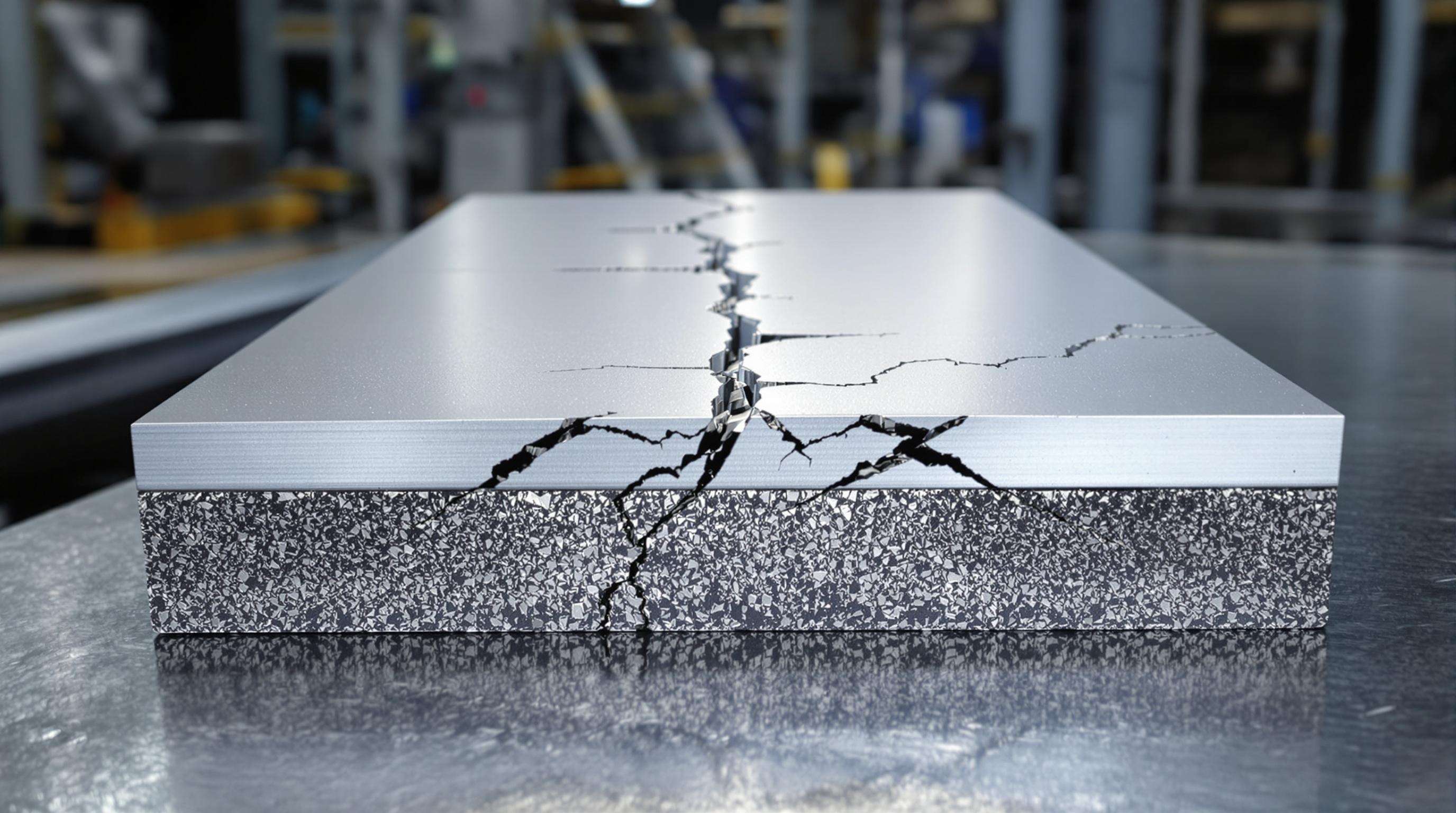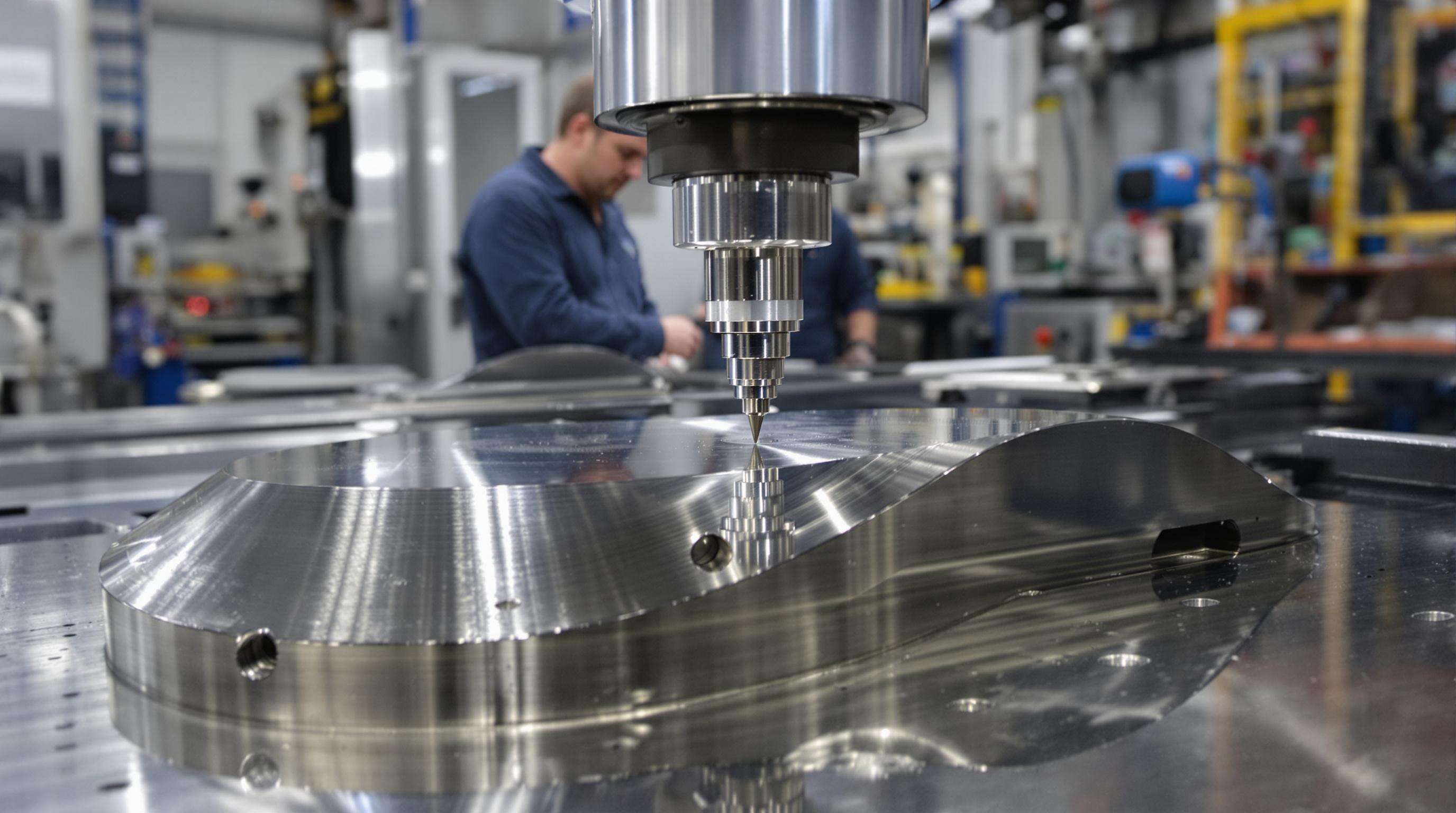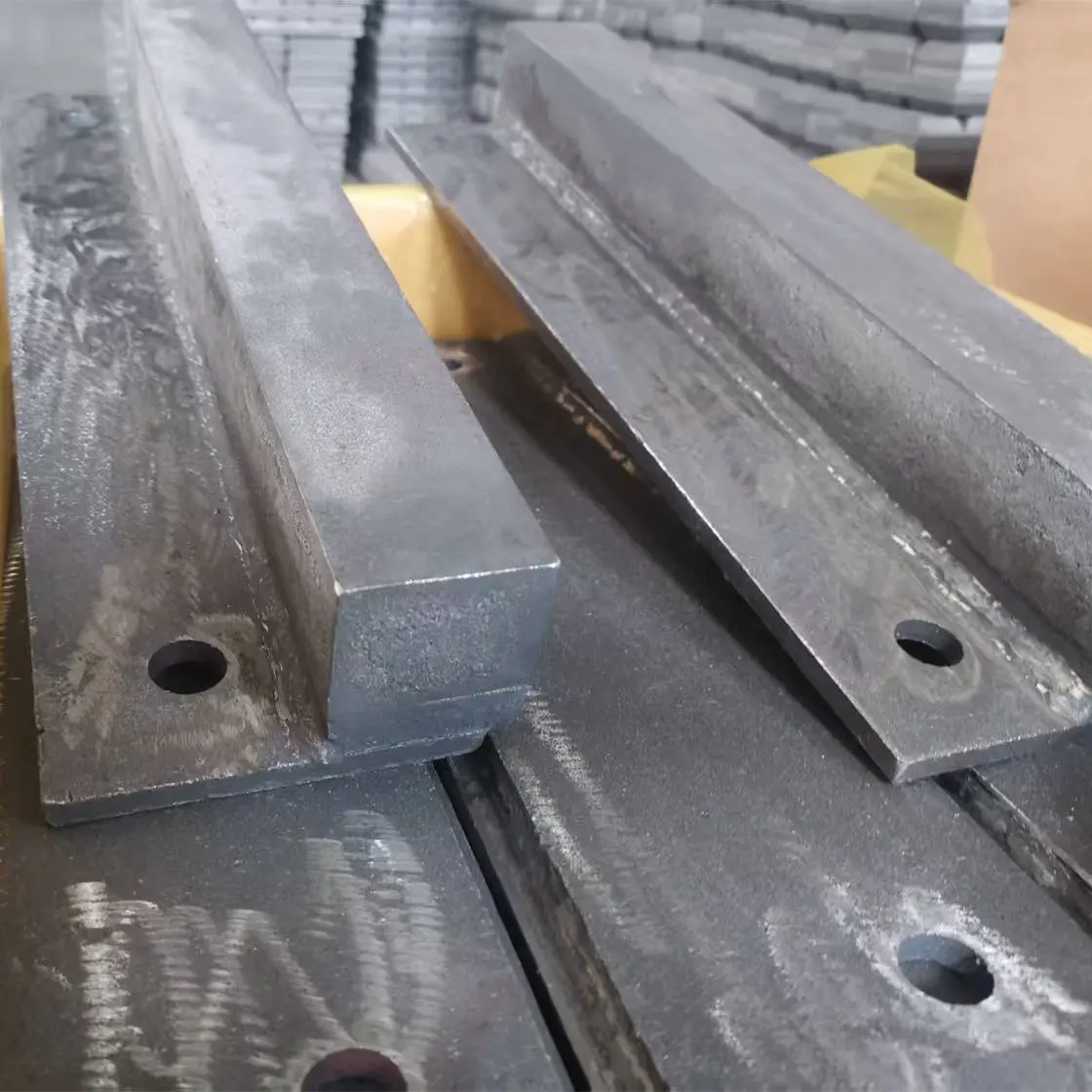Industrial Wear Challenges Requiring CCO Wear Plates
Industrial equipment is subjected to a constant assault on the surface in demanding environments such as mining, construction, and material handling. Prolonged exposure to constant abrasion from processing of aggregates, material high-impact collisions and erosive particle flow reduces the equipment’s integrity, which results in downtime and maintenance time. Material degradation costs processing plants over $740k per year in lost production, according to recent analyses (Ponemon 2023).
Conventional steel plates often fail within months, especially in thin-walled components like hoppers and loader buckets. This creates critical vulnerabilities in hostile settings where breakdowns halt entire production lines. Solutions must balance hardness and ductility—a challenge standard alloys can't meet.
Materials Science Behind CCO Wear Plates

Chrome Carbide Overlay (CCO) Wear Plate CCO wear plate is a product that uses a composite plate with a layer of weld overlay plate applied to the surface of the metal substrate, and the composite layer of 12Cr1MoV/15CrMo is deposited on the work surface. The outcome is a bimetallic structure with 60+ HRC hard carbides at the surface and a high-impact, heat-resistant base plate. The chromium carbides are thus the armor particles by which cracks are forced around, beyond which the matrix absorbs the stress.
Chrome Carbide Overlay (CCO) Composition Principles
CCO consists of 45-60% chromium carbide particles suspended in an iron-based matrix. These carbides exceed 1,400 HV hardness—triple that of tool steel. Metallurgical bonding during submerged arc welding prevents delamination, while precise carbon content (4-6%) optimizes carbide formation without compromising weldability.
Why Overlay Technology Outperforms Homogeneous Alloys
CCO’s layered design separates functions: the carbide overlay resists abrasion, while the steel foundation absorbs impacts. Tests show CCO lasts 8-12× longer than AR400 steel in abrasive environments and withstands 50-80 Joules of impact force—far surpassing high-chromium cast iron.
Industry Paradox: Maximum Protection with Minimal Thickness
CCO plates achieve optimal protection with overlays as thin as 3mm. High carbide density (up to 250 carbides/mm²) creates a wear barrier without bulk, reducing component weight by 25-35% and cutting energy consumption by 14% (Bulk Handling Review 2022).
Custom Cut-to-Size CCO Solutions Engineering

Industrial operations require tailored protection. Custom CCO plates optimize dimensions and carbide distribution for exact stress points, minimizing waste while enhancing durability.
Precision Fabrication for Complex Industrial Shapes
Laser cutting and CNC machining achieve ±0.5mm tolerances for curved or irregular profiles, ensuring full coverage without structural compromise. This is critical for components like screw augers or cyclone separators.
Custom Wear-Resistant Solutions for Specific Challenges
Different industries demand unique solutions:
- Mining: Ultra-high-impact resistance for crushers
- Cement: Heat-hardened protection for kiln chutes
- Power: Steam-erosion barriers for boilers
- Recycling: Non-contaminating shredder surfaces
Customized hardness (50-67 HRC) and carbide density (up to 55%) extend lifespan by 250-400% in extreme conditions.
Field Measurement to Manufacturing Workflow
Site assessments use 3D laser scanning, thermography, and photogrammetry to capture wear patterns and geometries. Data informs algorithmic modeling, enabling precise production within 72 hours.
Quality Verification of Tailored Overlay Plates
Each plate undergoes ultrasonic thickness checks, microstructural analysis, and hardness grid testing (per ASTM standards). Proprietary welding achieves 98.2% density, ensuring durability.
CCO Wear Plates in Mining and Construction Applications
Mining Sector Solutions: Crushers and Conveyors
CCO plates protect crusher jaws and conveyors, extending service cycles by 300-400% compared to standard liners. Quarries report 9-12 months between replacements.
Construction Machinery Protection Strategies
CCO plates reduce deformation by 60% after 7,500 operational hours in excavator buckets and blades.
End User Case Study: Extending Equipment Lifespan
A concrete processor reduced chute liner replacements from six weeks to nine months, saving $217k over three years.
Proven Results of CCO Plates in Bulk Handling Systems
| Performance Measure | Non-Protected | CCO-Protected | Improvement |
|---|---|---|---|
| Wear Rate (mm/year) | 12-18 | 3-4 | 67-77% reduction |
| Replacement Frequency | Quarterly | Biennial | 600% increase |
| Maintenance Costs | $28/ton | $9/ton | 220% decrease |
Performance Validation of CCO Wear Plates
Standardized tests (ASTM G65, B611) confirm CCO’s 5-8× wear life advantage over traditional materials.
Quantifying ROI Through Wear Life Extension
- Replacement intervals extend 300-400%
- Annual maintenance costs drop by $18-$29/ton
- Downtime reductions yield >18% productivity gains
Field studies show over 60% cost-per-hour reductions in bulk handling.
FAQ Section
What are CCO wear plates made of?
CCO wear plates are composed of chromium carbide particles in an iron-based matrix, offering a durable surface with high hardness.
How do CCO plates improve equipment lifespan?
By providing abrasion resistance and impact absorption, CCO plates prolong the service cycles of machinery, cutting replacement frequency and maintenance costs.
Can CCO wear plates be customized?
Yes, they can be tailored in thickness, size, and composition to meet specific industrial needs and stress points.
Where are CCO plates commonly used?
CCO plates are utilized in industries such as mining, construction, cement, and recycling to enhance equipment durability and performance.

